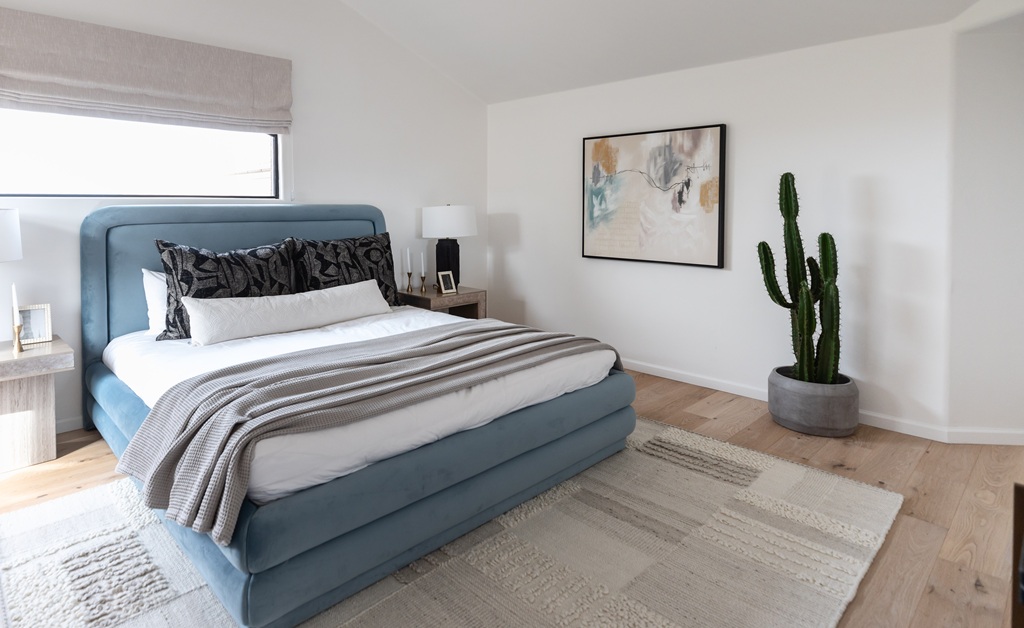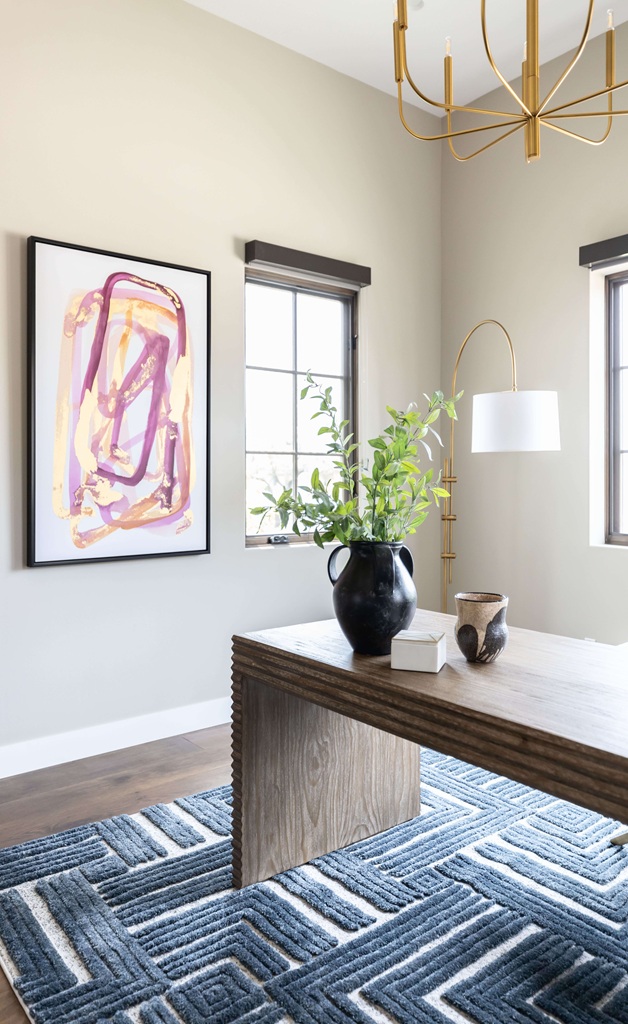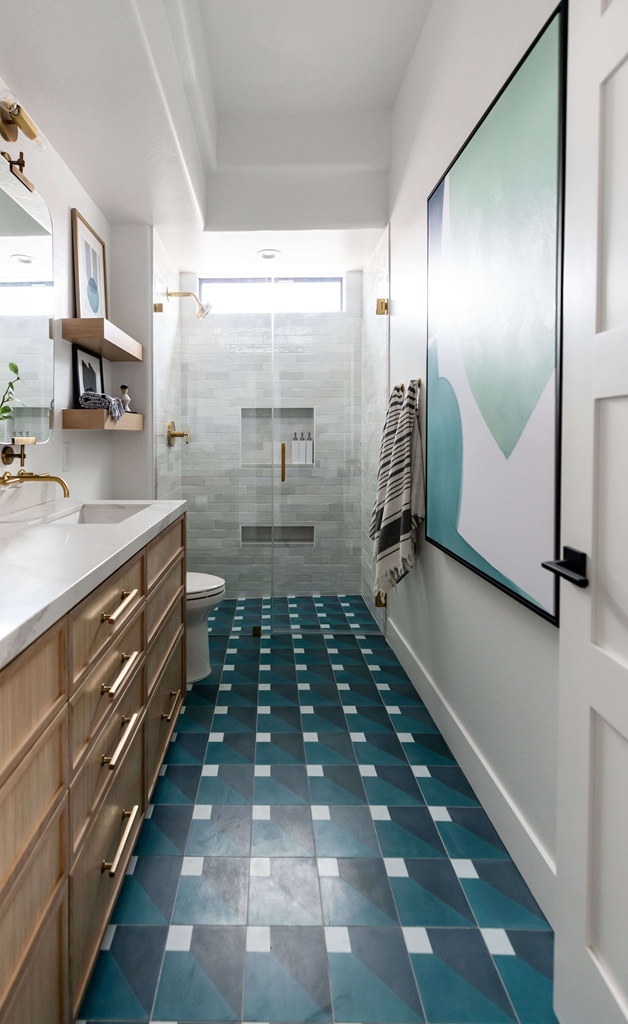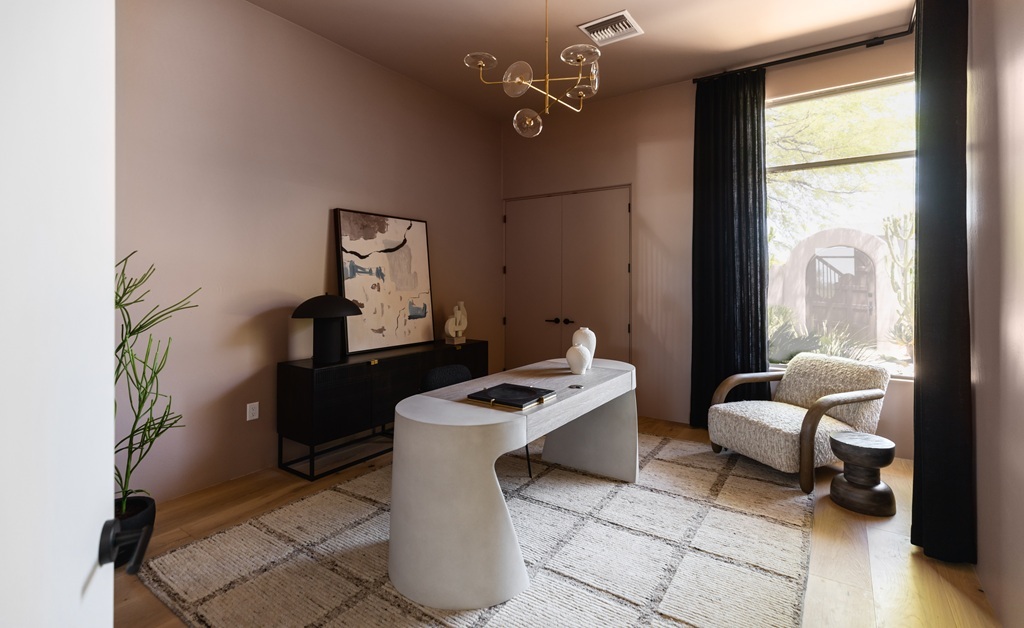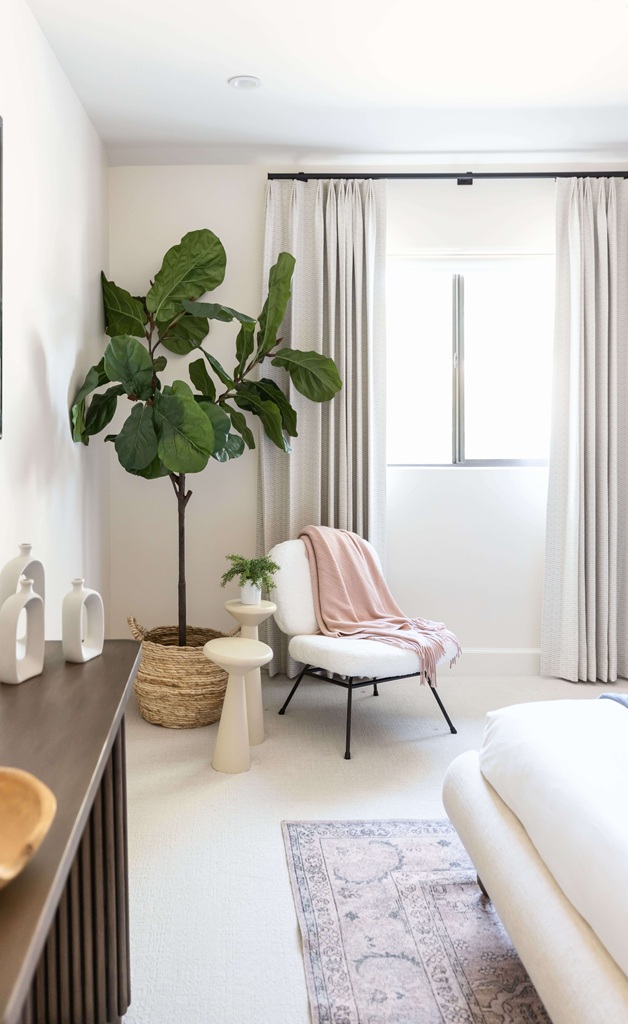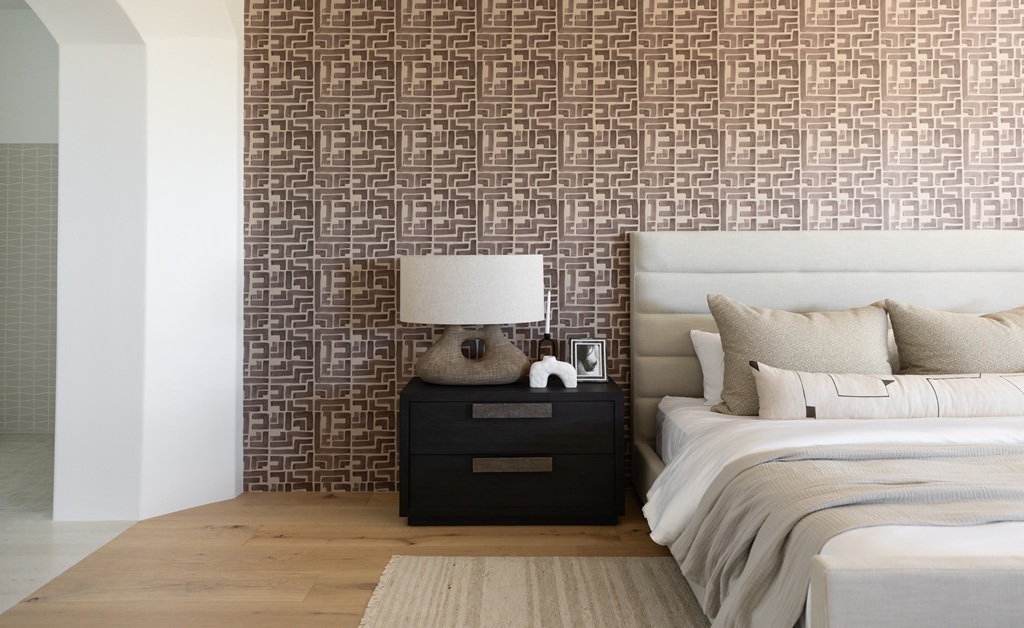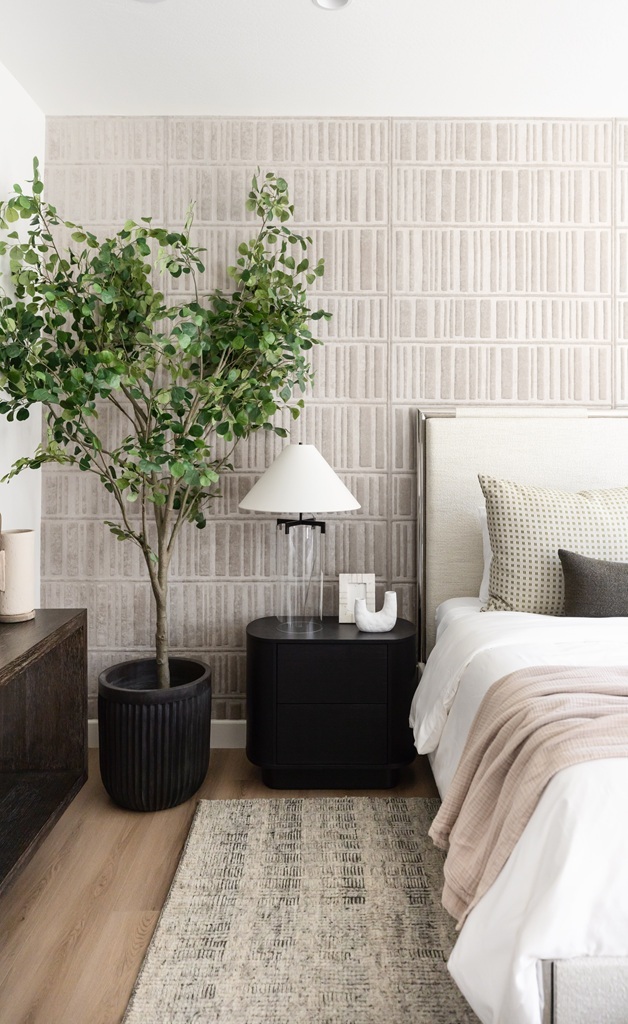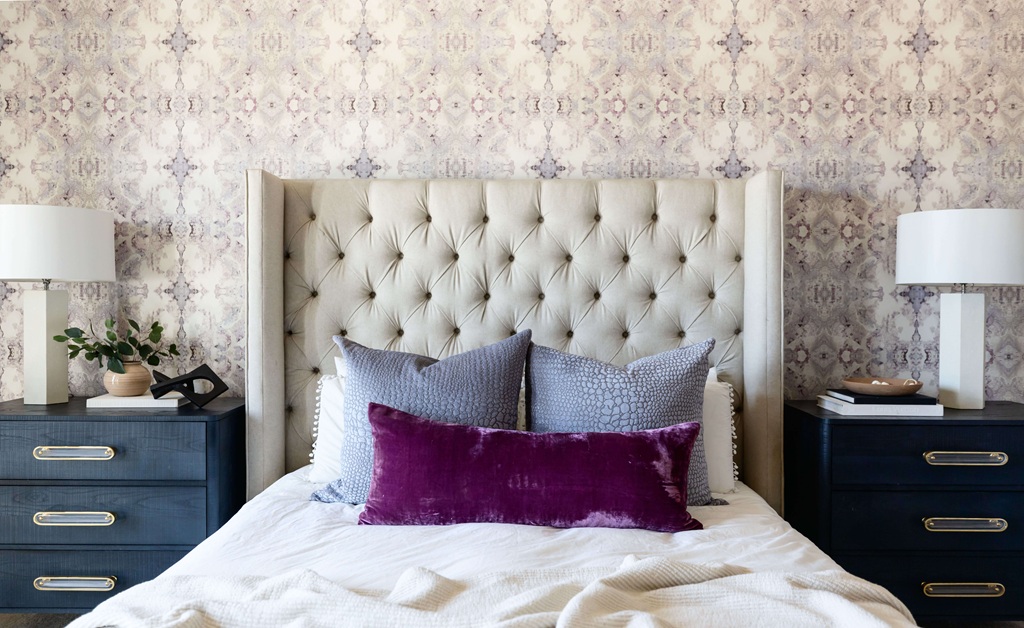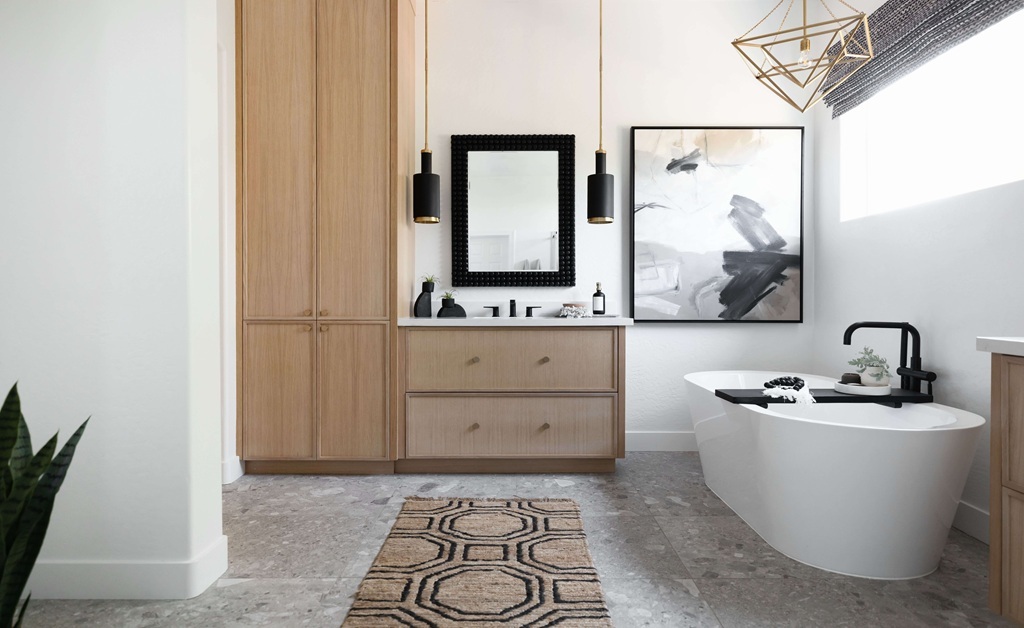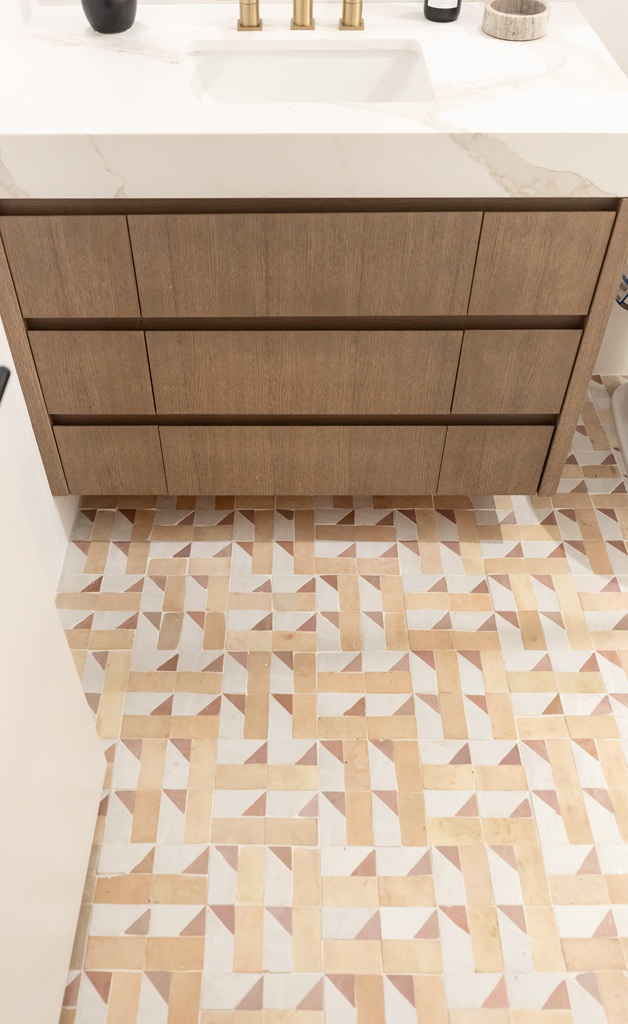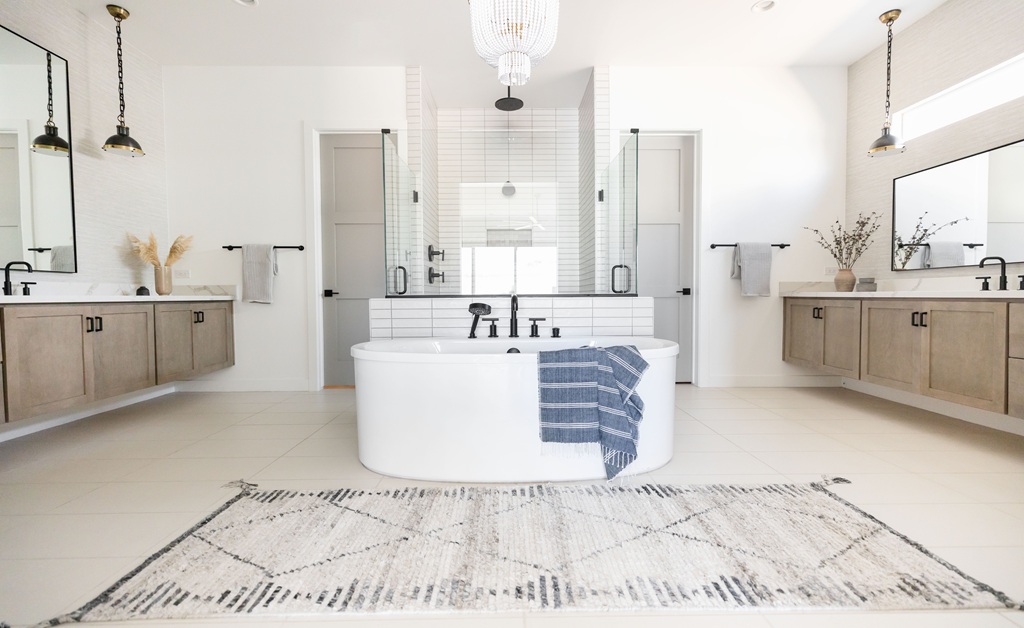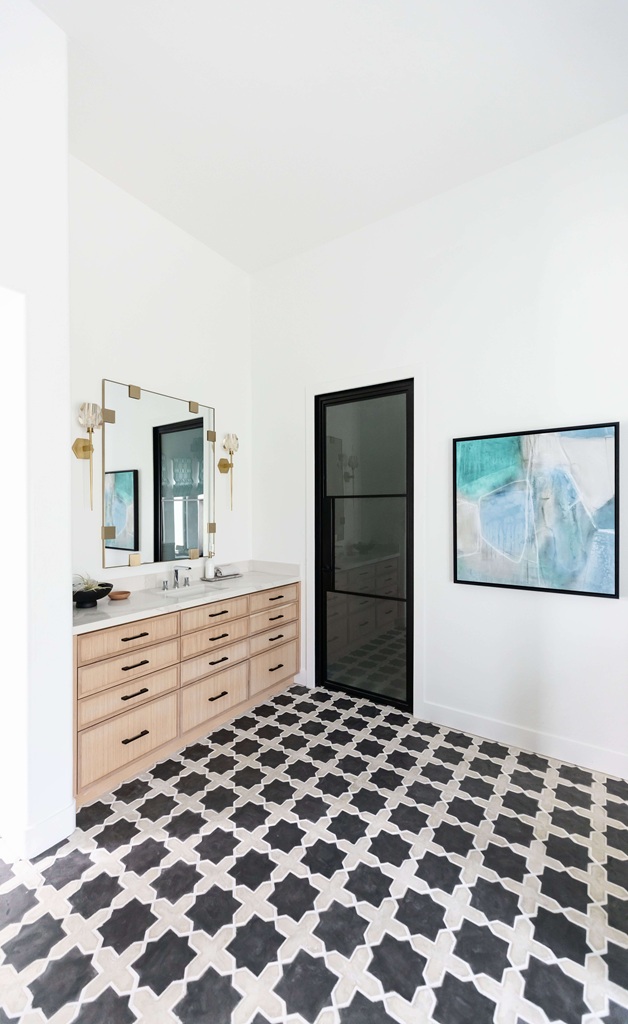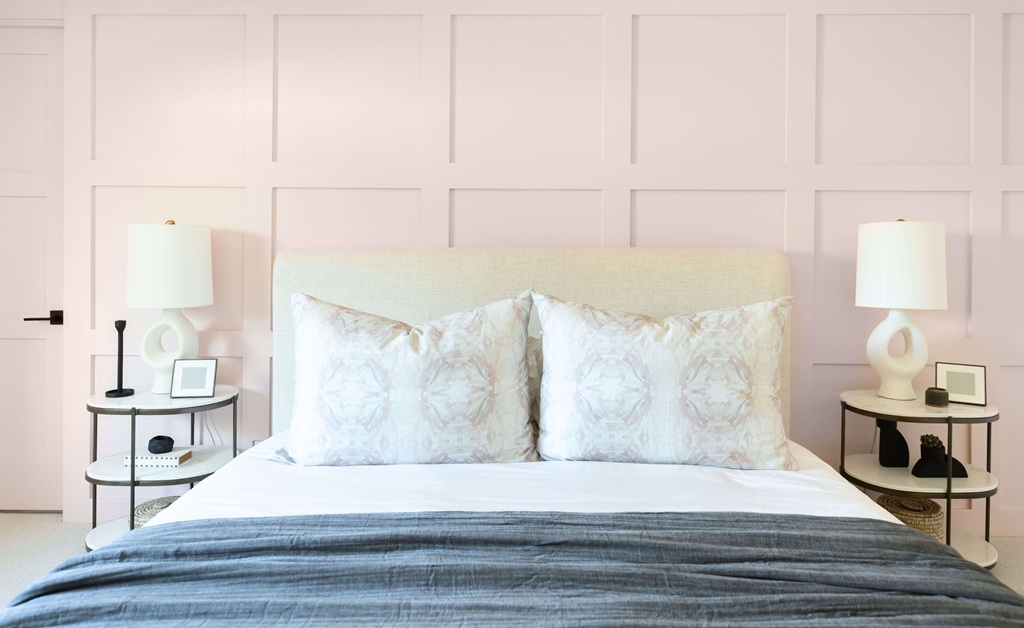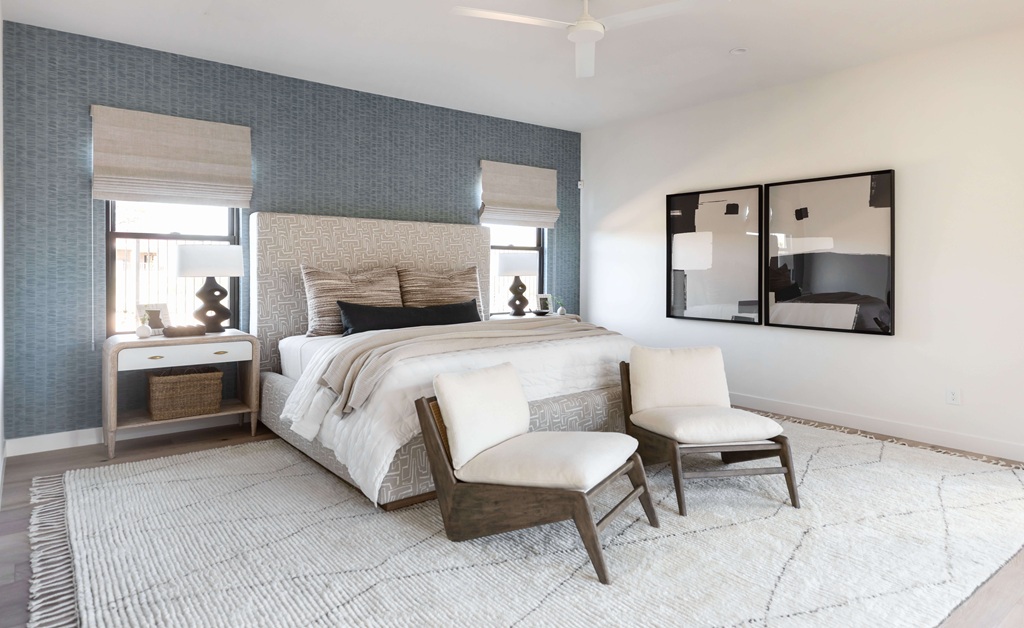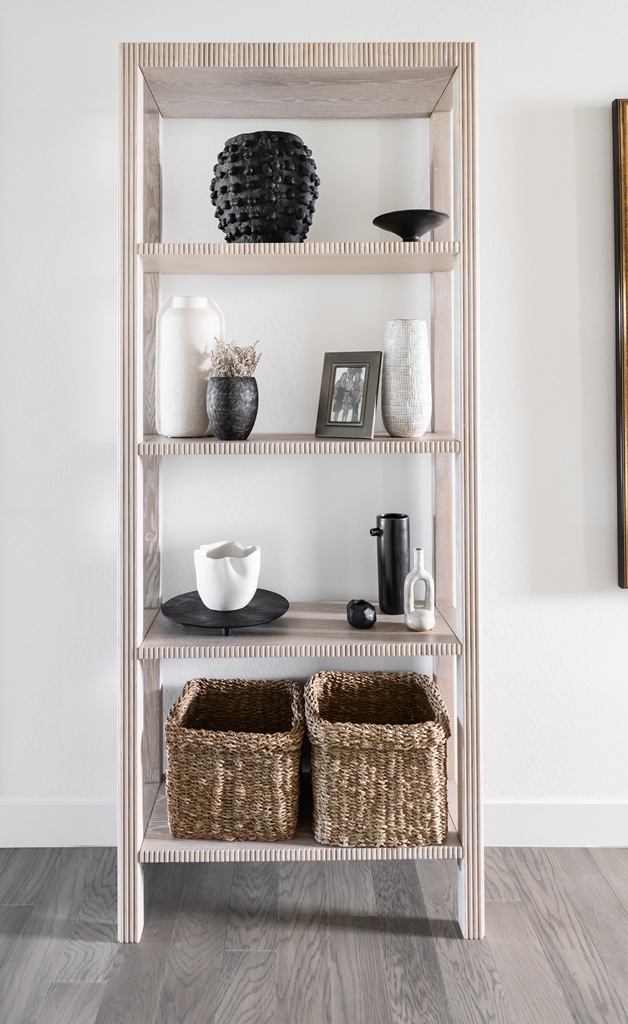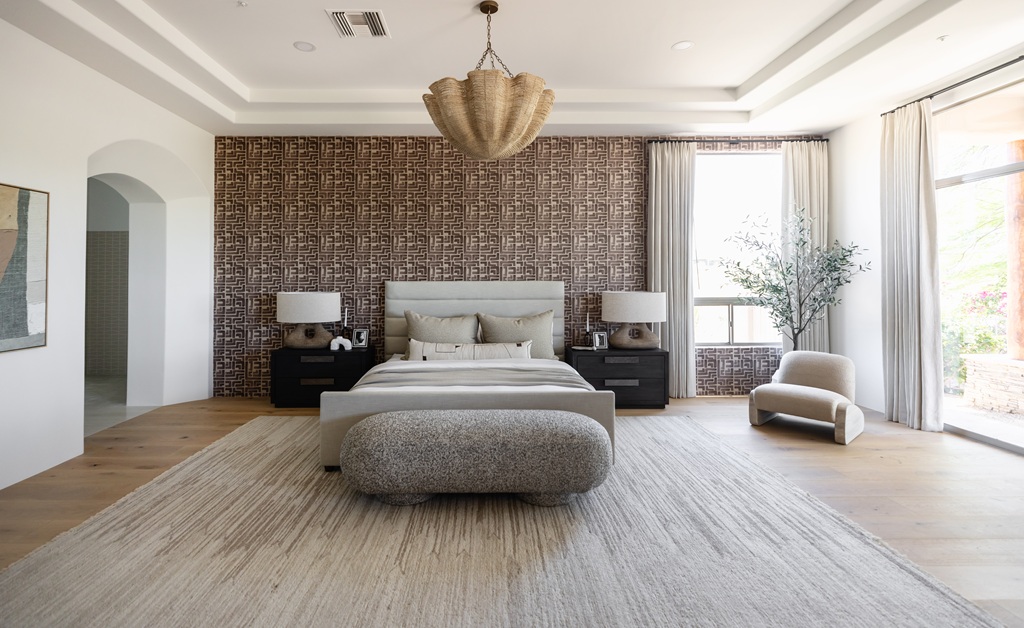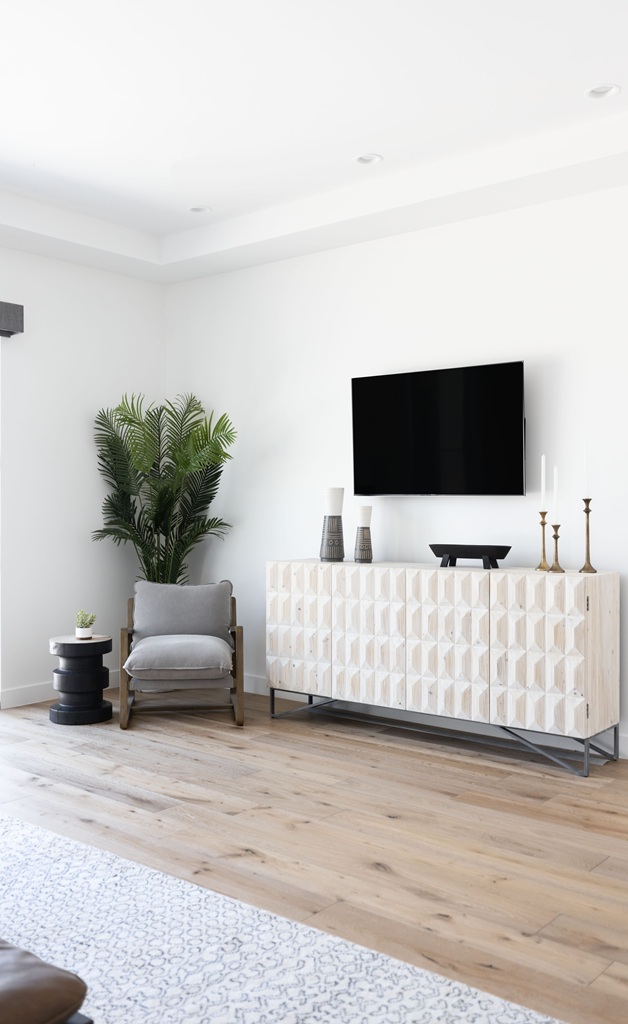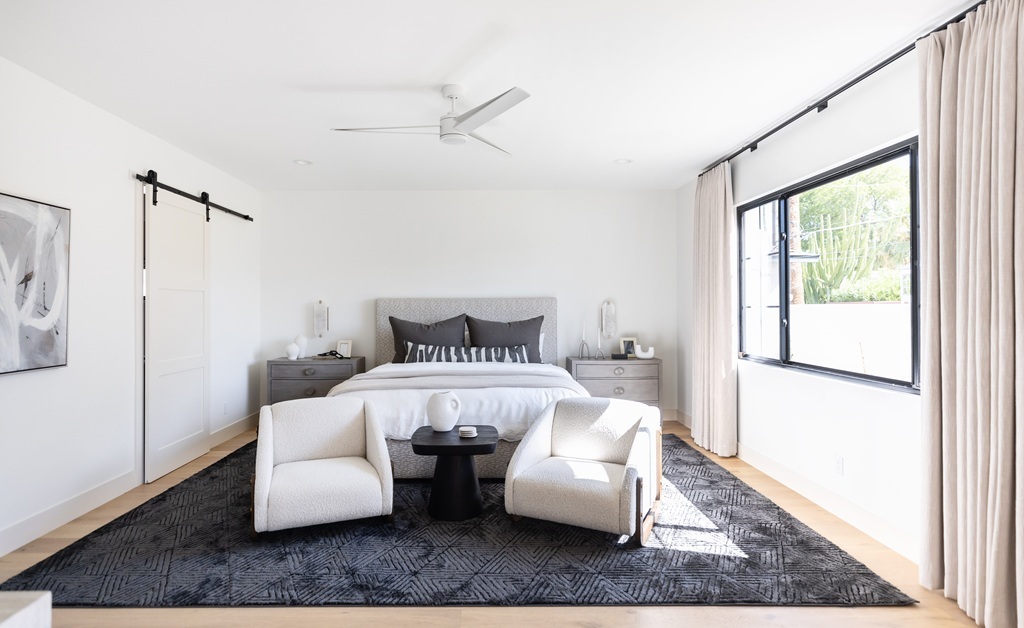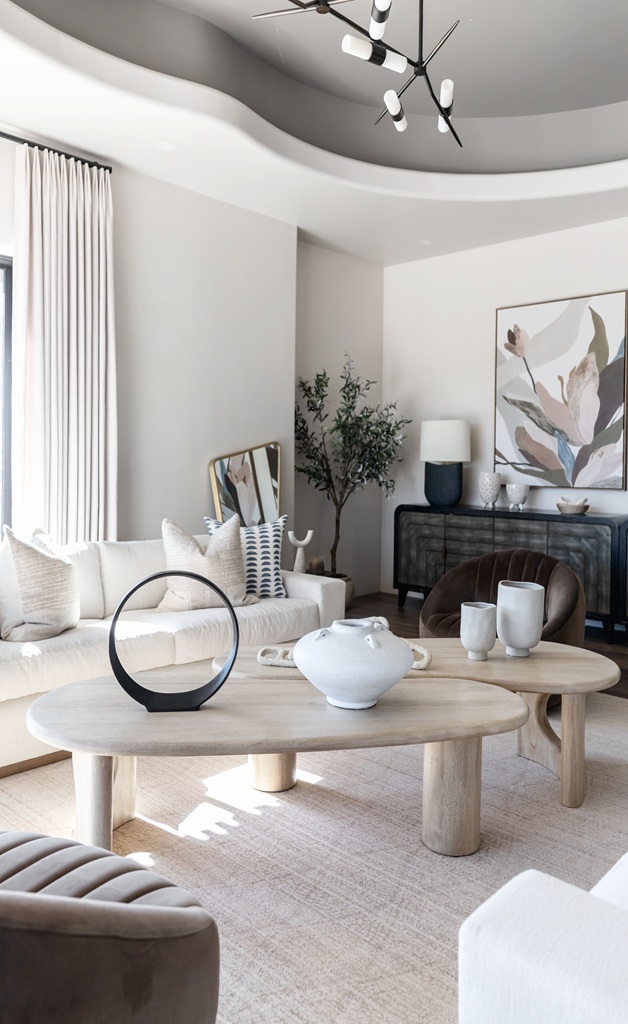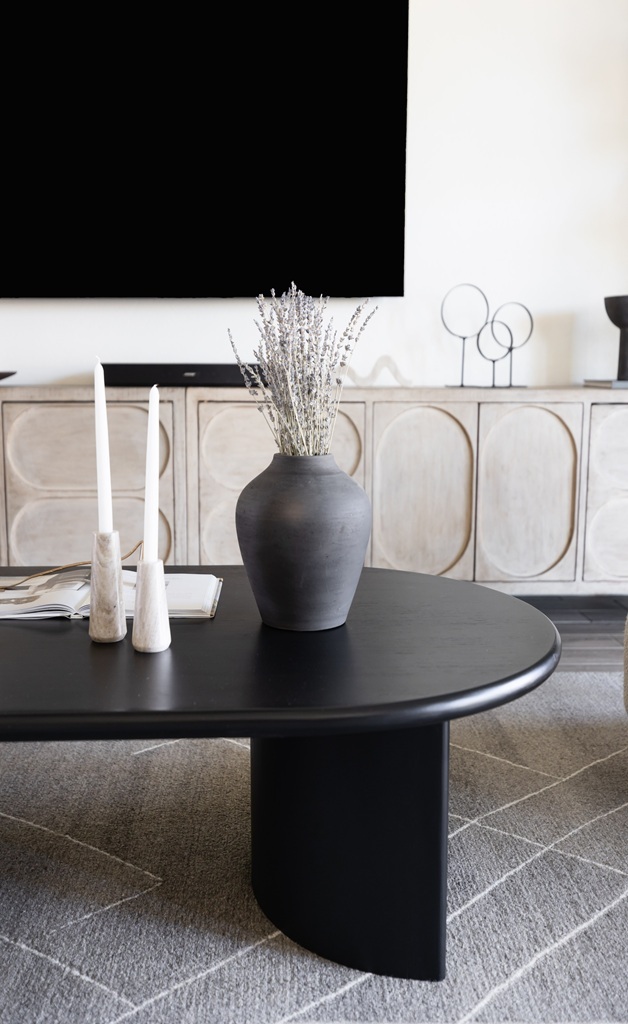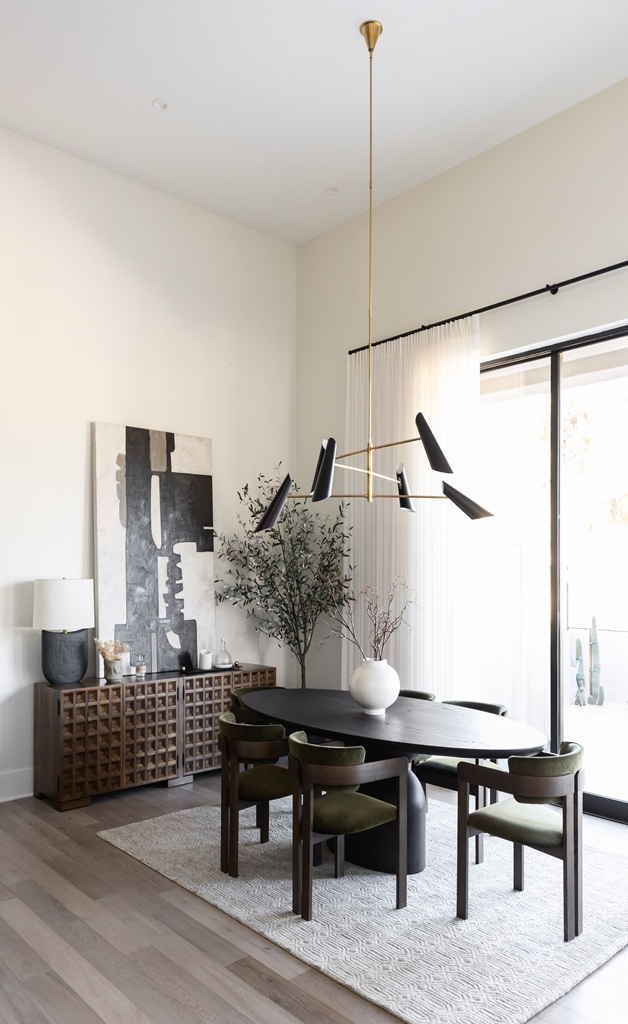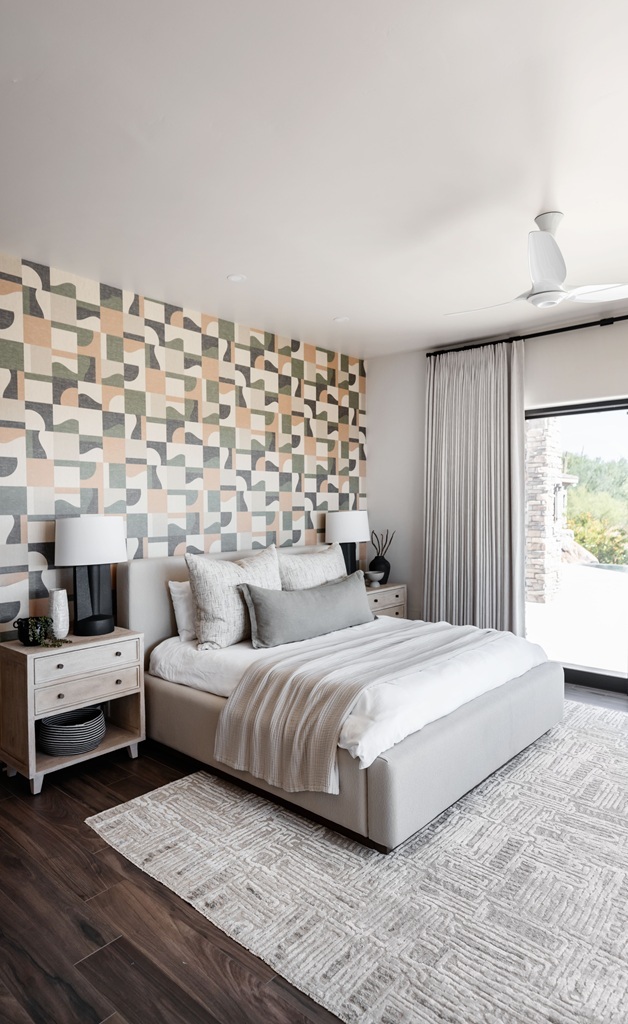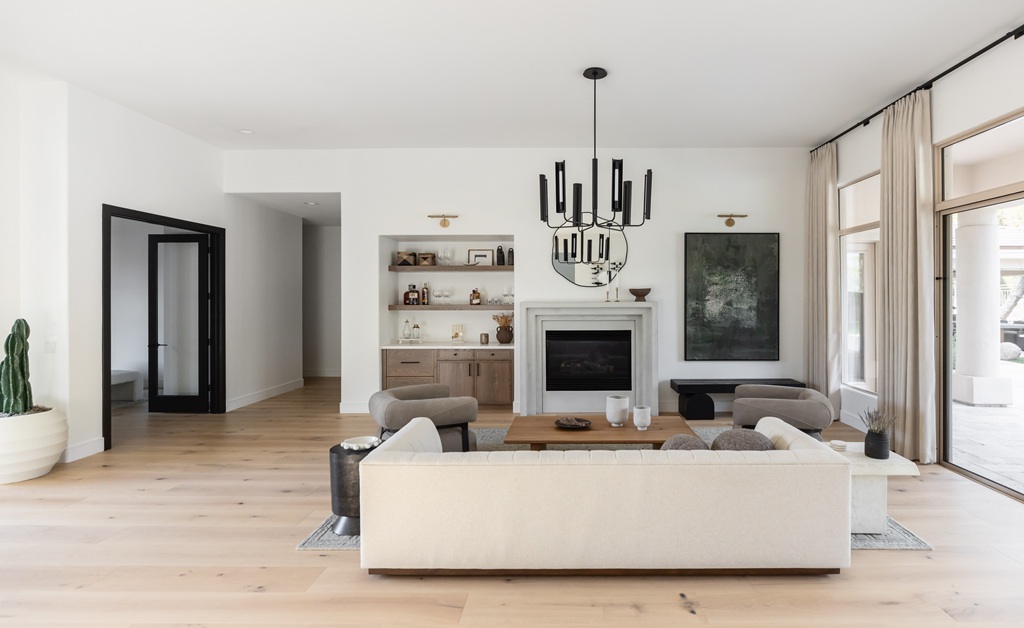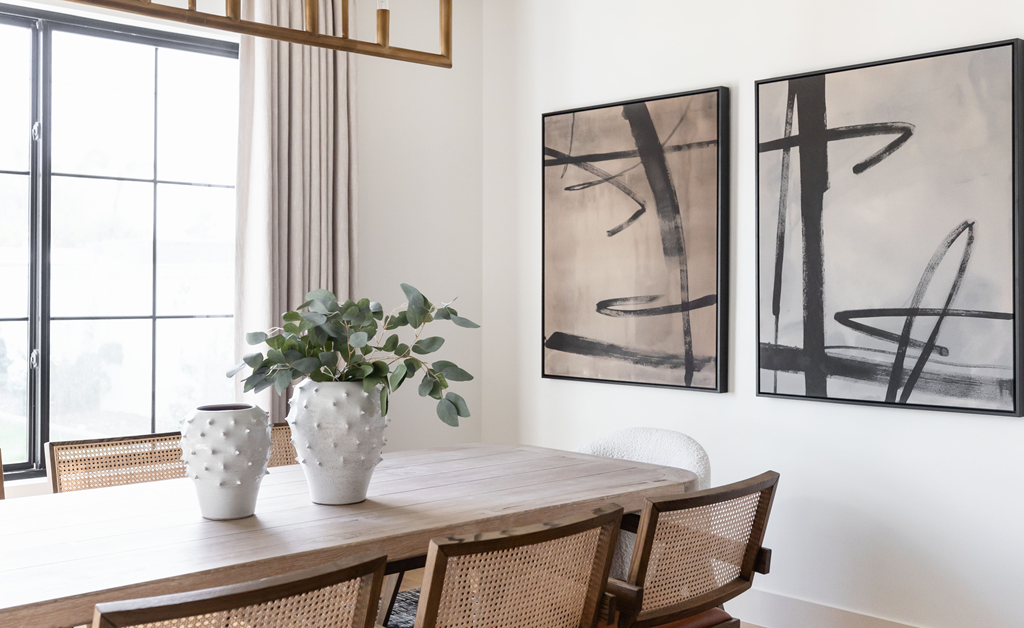
How to Modernize a Split-Level Home Interior to Improve Health
Wellness begins at home. Your home can not just boost your eye appeal but additionally your body as well as brain. A split-level property is difficult to refurnish as it is composed of a divided structure, however, with an effective strategy, it can transform into a well-being-oriented oasis.
Understanding Split-Level Homes
Split-level homes were built with divided sections for various purposes. While this provides some functionality, the divided design may be outdated and restrictive for some. Most split-level home interior designs have smaller windows and less space, which can decrease ventilation, lighting, and overall comfort. Yet the homes also offer special opportunities for rebirth with contemporary design concepts. By eliminating these shortcomings, you can design a home that enhances both function and health. If you’re unsure where to start, consulting an interior designer in Scottsdale can provide valuable insights.
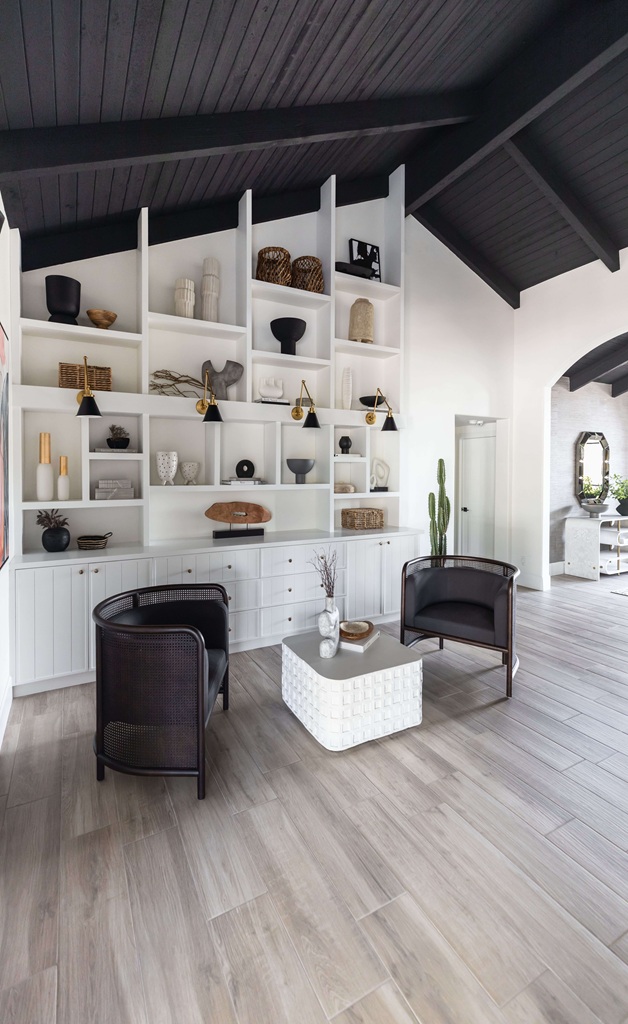
Air Quality
Begin your split-level home interior design renovation with improved indoor air quality. Indoor air pollutants can be harmful to your well-being, especially where there’s minimal air flow. Whole-house energy-efficient ventilation systems are the answer to circulating the air in different levels of your home. Have them installed with intelligent air purifiers that proactively rid the air of allergens, dust, and harmful gases. Having plants indoors placed around your house will also purify the air and introduce some nature into your world.
Natural Lighting
You require natural lighting to regulate your circadian rhythm, which is vital to your sleep as well as your health. Small windows are a feature of outdated split-level home interior decorating, but opening an already present window or installing additional windows where possible will put this right. Solar tubes or skylights are excellent ways of introducing light in through difficult-to-light spaces such as stairwells or basements. Where there are difficult spots with not many options, utilize high-lumen artificial light that mimics sunlight.
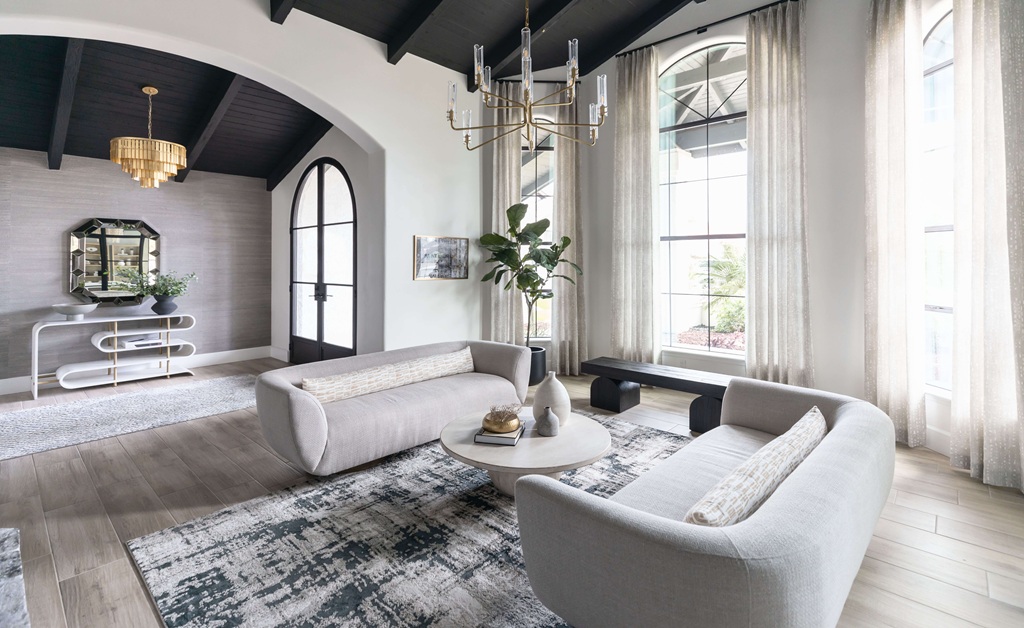
Ergonomic Design
Sadly, our health is silently compromised by bad design. The renovation of a split-level home interior means its ergonomics must become healthier. Replace old furniture with ergonomically designed furniture that will promote good posture, such as adjustable chairs and desks. Rearrange social areas so they are easily accessible and obstruction-free, as this will reduce mental stress and chances of physical injury. Incorporate features such as standing workstations or a separate yoga room to include physical movement. If you’re wondering how to modernize a split-level home interior, small changes like these can make a significant difference.
Nature will indeed play a part in an individual’s psychological well-being, and biophilic design is not just a requirement but essential within a split-level home makeover. Incorporate natural aspects such as wood or stone into your floor, walls, or furniture. Incorporate green wall gardens or a plant pot station to infuse calming greenness in the house. Even the mere visual connection with nature in the form of big windows that open to the outside or nature-print artwork can cause the mood to change to relaxing and being present.
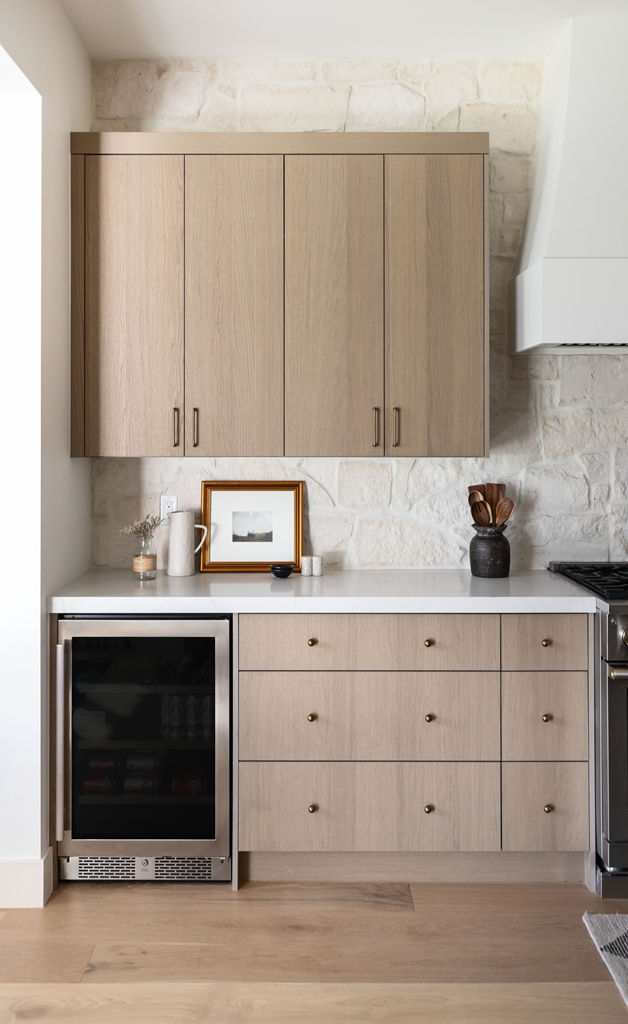
A Healthier, Modernized Home
Learn More: How Your Home’s Design Can Improve Your Health
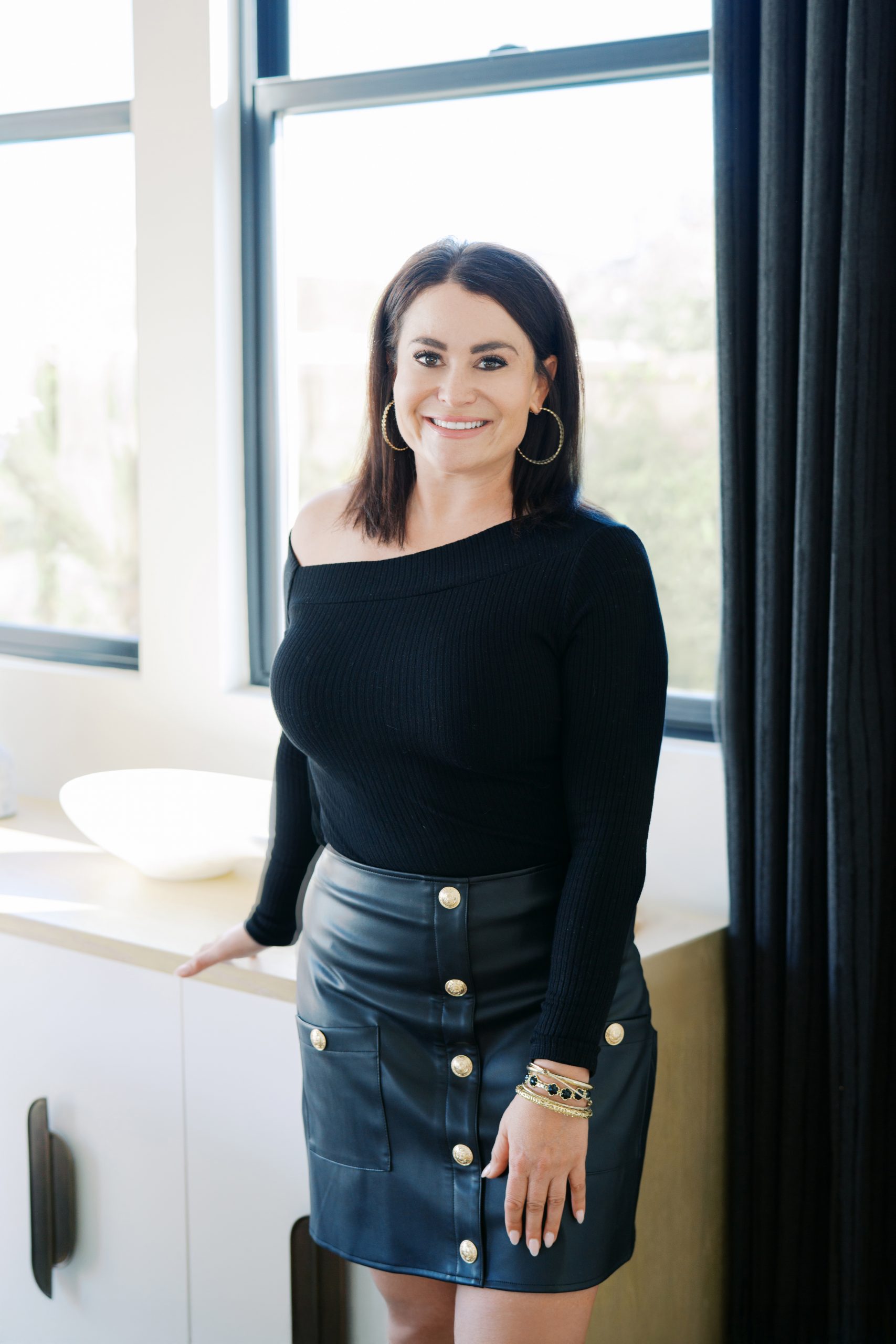
Lauren Lerner is the founder of Living With Lolo, a nationally recognized Scottsdale interior designer and an Arizona licensed general contractor. She is celebrated for creating luxury homes that are warm, livable, and deeply personal, blending thoughtful design with seamless construction and curated furnishings. Recognized as one of Arizona’s top interior designers, Lauren has worked with celebrities, athletes, and executives across the country. Her work, known for its elevated yet inviting style, has been featured in multiple national publications. Guided by the belief that great design should feel as good as it looks, Lauren transforms houses into homes that truly reflect her clients’ lives.
